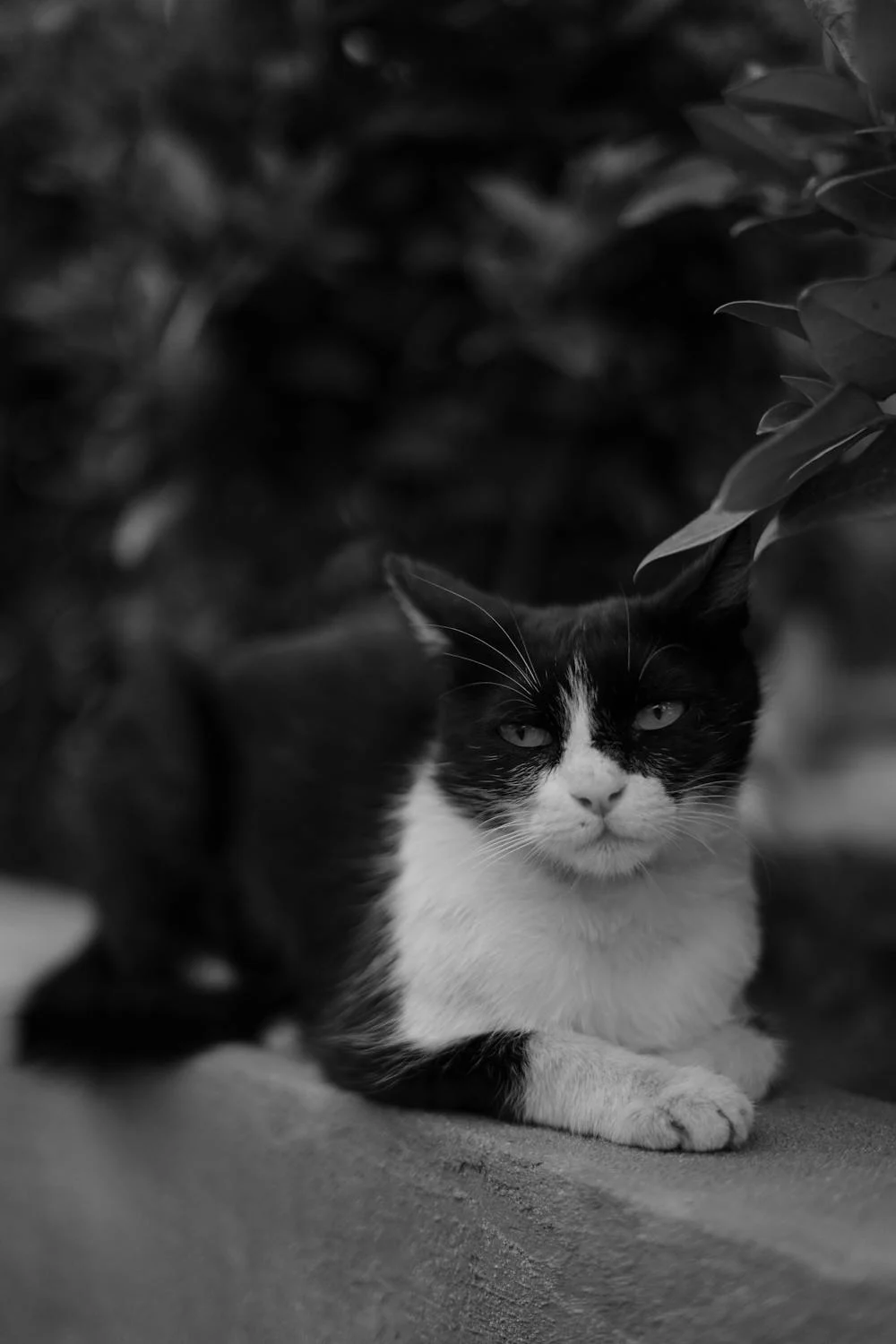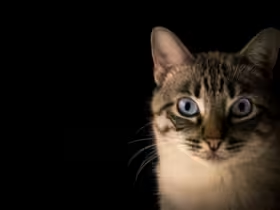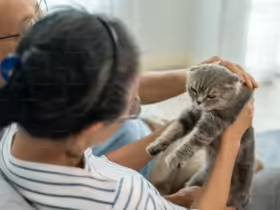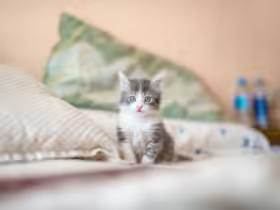Conjunctivitis, commonly known as pink eye, is a frequent eye condition in cats that can cause significant discomfort and affect their vision. Understanding the causes, symptoms, diagnosis, and treatment options for conjunctivitis is essential for ensuring your cat receives the appropriate care. This comprehensive guide will walk you through everything you need to know about cat conjunctivitis, helping you identify and manage this common eye issue.
What is Conjunctivitis in Cats?
Conjunctivitis is an inflammation of the conjunctiva, the thin membrane that lines the inside of the eyelids and covers the white part of the eye (sclera). When the conjunctiva becomes inflamed, it can cause redness, swelling, and discharge, leading to the condition commonly referred to as pink eye.
Symptoms of Conjunctivitis in Cats
The symptoms of conjunctivitis can vary depending on the underlying cause but generally include:
- Red or Pink Eye: The most noticeable sign is a reddened or pink appearance of the eye or eyes.
- Discharge: Abnormal discharge from the eye, which can be clear, watery, or pus-like. It may cause the eye to appear crusted or sticky.
- Swelling: Swelling of the conjunctiva or eyelids.
- Tearing: Excessive tearing or watering of the eyes.
- Squinting or Closed Eye: Your cat may squint or keep one or both eyes partially closed due to discomfort.
- Rubbing or Scratching: Frequent rubbing or scratching of the eye area with paws.
- Sensitivity to Light: Discomfort or sensitivity to bright lights.
- Behavioral Changes: Changes in behavior such as irritability or reluctance to be handled.
Causes of Conjunctivitis in Cats
Conjunctivitis in cats can result from various underlying issues, including:
- Infections:
- Viral Infections: Feline herpesvirus is a common cause of viral conjunctivitis in cats. It often accompanies upper respiratory infections.
- Bacterial Infections: Bacterial infections can occur secondary to viral infections or due to environmental contaminants.
- Fungal Infections: Though less common, fungal infections can cause conjunctivitis.
- Allergies:
- Environmental Allergies: Pollen, dust, or other environmental allergens can trigger allergic conjunctivitis.
- Food Allergies: Allergies to certain foods can also cause eye inflammation.
- Foreign Bodies:
- Debris or Dust: Small particles or foreign objects that get into the eye can cause irritation and conjunctivitis.
- Eye Trauma:
- Injury: Scratches or injuries to the eye can lead to inflammation and conjunctivitis.
- Preexisting Conditions:
- Entropion: A condition where the eyelids roll inward, causing irritation to the eye surface.
- Cherry Eye: Prolapse of the third eyelid gland can cause conjunctival inflammation.
- Environmental Irritants:
- Smoke or Chemicals: Exposure to smoke, cleaning products, or other chemicals can irritate the eyes.
Diagnosing Conjunctivitis in Cats
Proper diagnosis is crucial for effective treatment. Your veterinarian will typically perform the following:
- Physical Examination: A thorough examination of the eye and surrounding tissues to assess redness, discharge, and other symptoms.
- Medical History: Gathering information about your cat’s overall health, recent exposure to potential irritants, and any other symptoms.
- Eye Examination:
- Fluorescein Staining: A special dye may be used to detect corneal ulcers or foreign bodies.
- Schirmer Tear Test: Measures tear production to identify dry eye or other conditions.
- Diagnostic Tests:
- Swab and Culture: A sample of eye discharge may be collected and cultured to identify any bacterial or fungal infections.
- Blood Tests: To rule out systemic causes or underlying health issues.
Treatment Options for Conjunctivitis in Cats
Treatment for conjunctivitis depends on the underlying cause and may include:
- Medications:
- Antibiotics: If a bacterial infection is present, topical or oral antibiotics may be prescribed.
- Antivirals: For viral infections like feline herpesvirus, antiviral medications can help manage symptoms and reduce the viral load.
- Anti-Inflammatory Drugs: Corticosteroids or other anti-inflammatory medications may be used to reduce inflammation and discomfort.
- Cleaning and Care:
- Eye Cleaning: Gently cleaning the affected eye(s) with a sterile saline solution or eye wipes to remove discharge and crust.
- Warm Compresses: Applying a warm, damp cloth to the eye can help alleviate discomfort and reduce swelling.
- Addressing Underlying Causes:
- Allergy Management: Identifying and eliminating allergens or switching to hypoallergenic food if necessary.
- Foreign Body Removal: If a foreign object is present, it may need to be carefully removed by your veterinarian.
- Surgery:
- Surgical Correction: In cases where structural issues like entropion or cherry eye are contributing to conjunctivitis, surgical correction may be necessary.
Managing and Preventing Conjunctivitis in Cats
Effective management and prevention involve both treating the current condition and taking steps to reduce the risk of future occurrences:
- Regular Eye Care:
- Routine Cleaning: Regularly clean your cat’s eyes if they are prone to discharge or irritation.
- Monitor for Changes: Keep an eye on your cat’s eye health and report any new symptoms to your vet.
- Avoiding Irritants:
- Environmental Control: Minimize exposure to potential irritants such as smoke, dust, and strong chemicals.
- Safe Environment: Ensure your cat’s environment is clean and free from potential hazards that could cause eye injury or irritation.
- Vaccinations and Health Checks:
- Regular Vet Visits: Routine veterinary check-ups can help identify and address health issues before they become serious.
- Vaccination: Keeping up-to-date with vaccinations can help prevent infections that may lead to conjunctivitis.
- Addressing Allergies:
- Allergy Management: Work with your vet to manage any known allergies and adjust your cat’s environment or diet as needed.











Leave a Reply